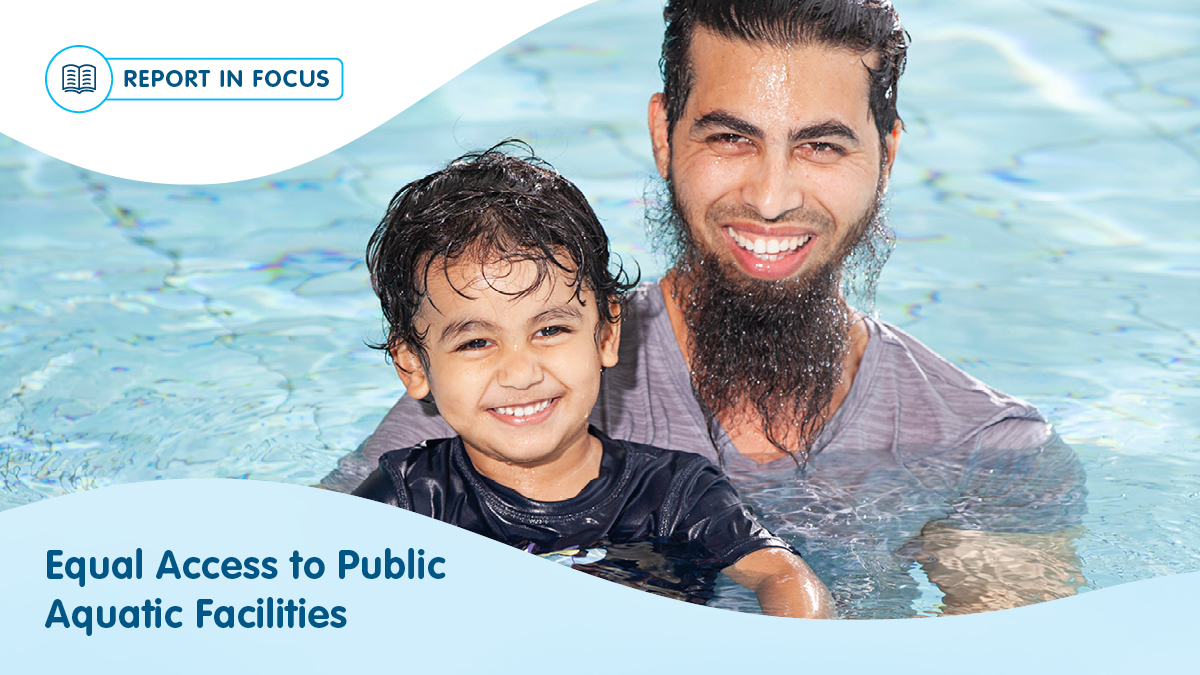
A new report commissioned by the Royal Life Saving Society – Australia and was authored by Dr Beth Goldblatt from the Faculty of Law at the University of Technology Sydney, has found a new non-discrimination guideline for pool operators is needed to help ensure equal access to public aquatic facilities.
The report, Equal Access to Public Aquatic Facilities: Guidance for Local Councils, Facility Managers and the Aquatic Sector reviewed the legal and human rights frameworks governing aquatic facilities in Australia, including discrimination law.
Public aquatic facilities are important community resources providing opportunities for learning, exercise and recreation with health, safety and other social benefits. However, some communities and individuals may not access aquatic facilities for various reasons, including where people may have experienced discrimination.
The research focused on four main areas of discrimination:
- Age
- Disability
- Race
- Gender
The report proposes a set of principles to guide improvements for equal access to aquatic facilities:
- All people wishing to access and use the facilities and services are treated with equal respect.
- Nobody is prevented from enjoying the facilities and services because of their disadvantage.
- The circumstances and concerns of different user groups within the community are equally represented, considered and accommodated; and,
- Aquatic facilities become models of change for the rest of society because they pro-actively tackle inequality in order to address patterns of discrimination and disadvantage.
In order to advance these principles, the following approaches were recommended:
- Data-gathering and community consultation
- Expert advice
- Equality plans – phased
- Accessing support
- Local and regional initiatives
- Monitoring and evaluation of changes
The research highlighted positive initiatives being implemented across the aquatic sector to increase access and equity within their communities. These included offering specifically designed swim programs and events, and the provision of training so staff can support different groups of users.
The report notes that these examples may not be suitable or appropriate for all facilities depending on individual circumstances but sharing of these ideas contributes towards more inclusive practices across the sector.
While Royal Life Saving has undertaken research into the barriers of accessing facilities and programs previously, these findings increase our understanding of some of the less obvious barriers, and highlights the higher-level policies and frameworks needed to promote equity and access for all communities.
The report highlights the opportunity for aquatic facilities to lead change in their communities. By proactively tackling issues of access and inclusion, they can create shared value both for facility owners and operators and their communities.
Royal Life Saving is committed to working together with the aquatic sector and the community to ensure equal access to swimming pools and programs, for everyone.
DOWNLOAD THE FULL REPORT HERE:Equal Access to Public Aquatic Facilities
